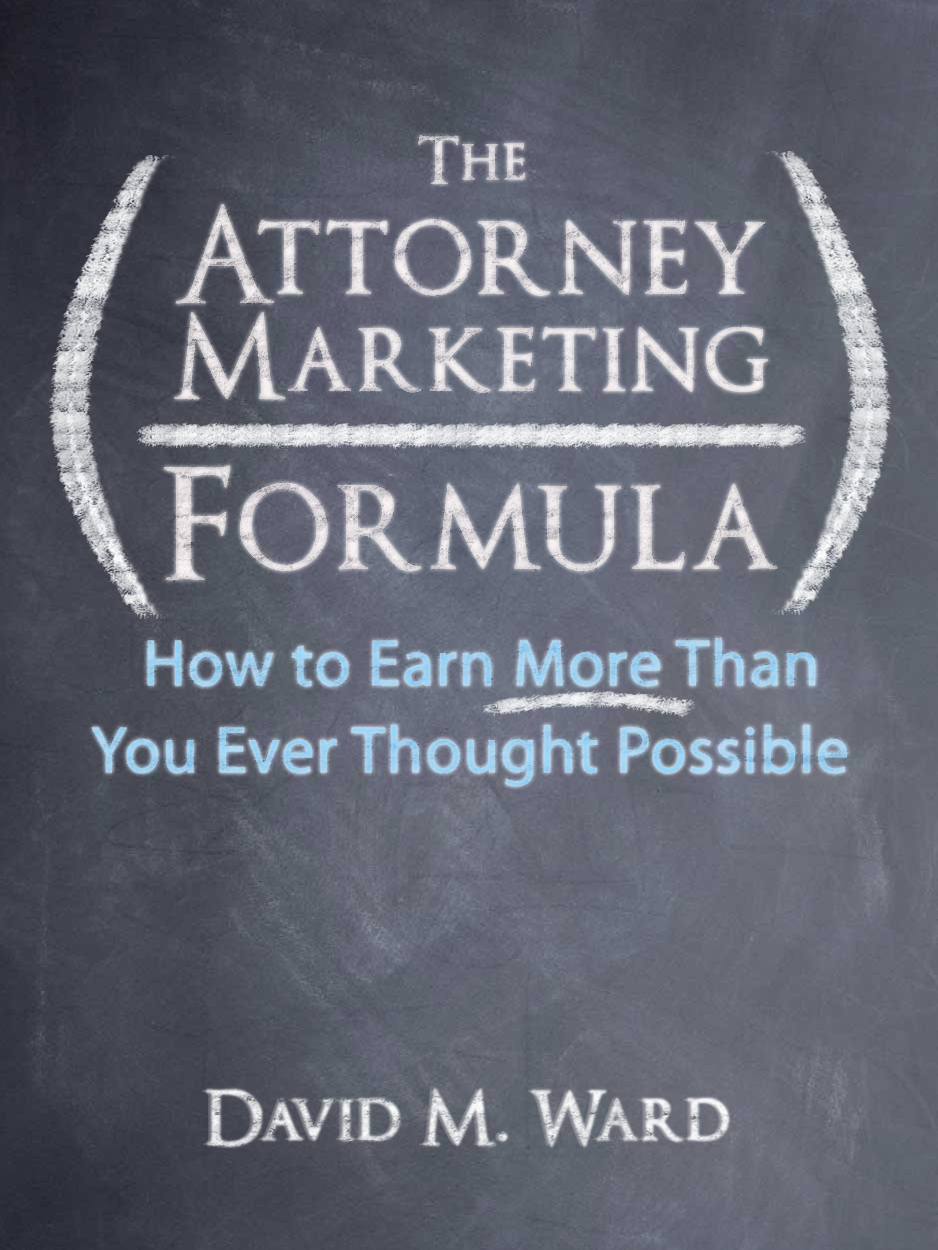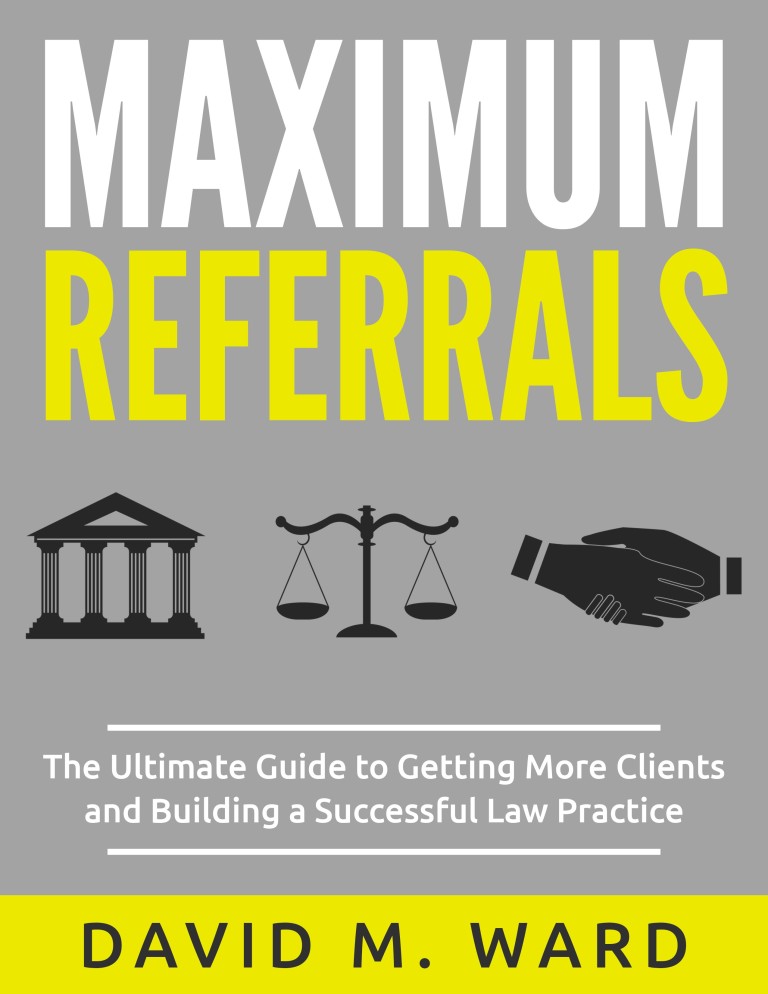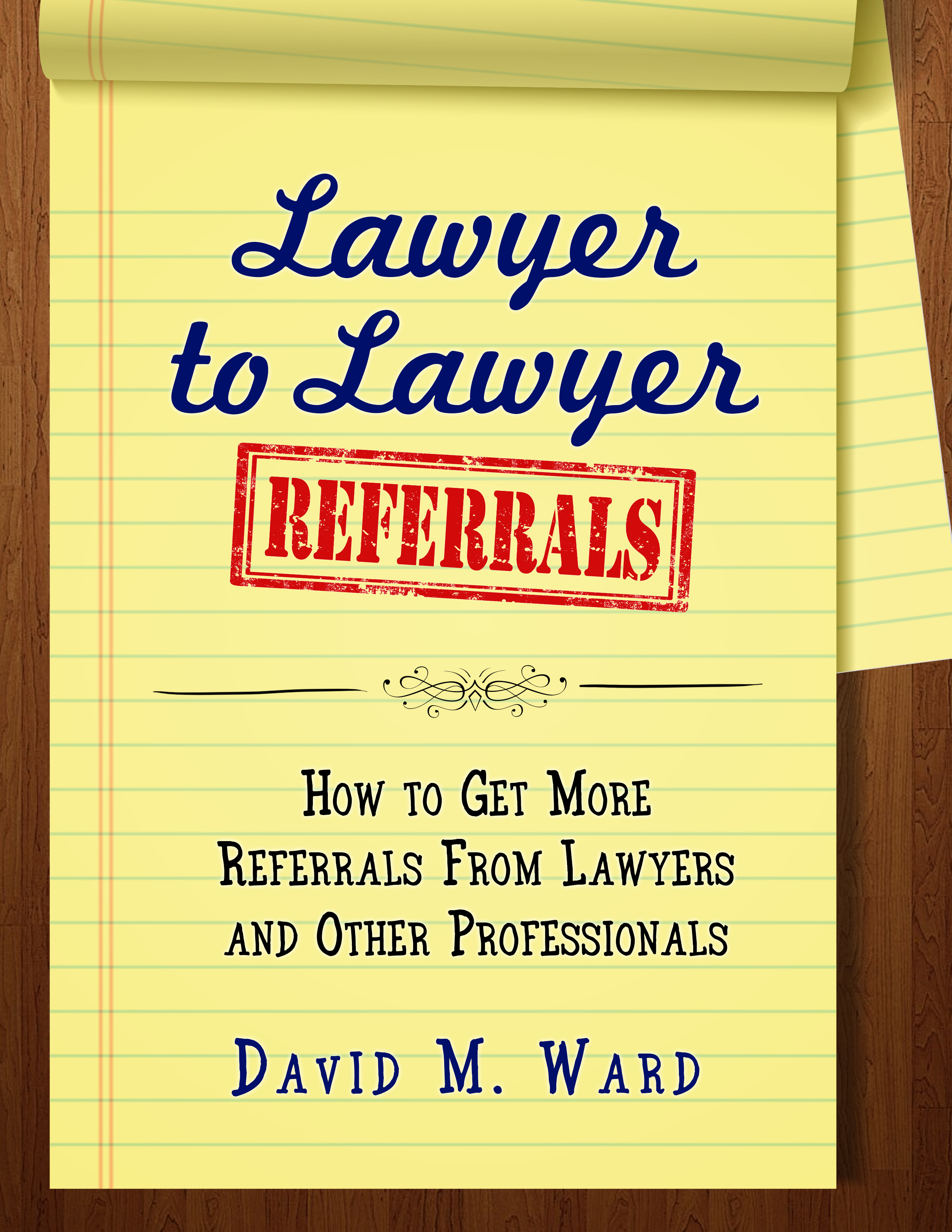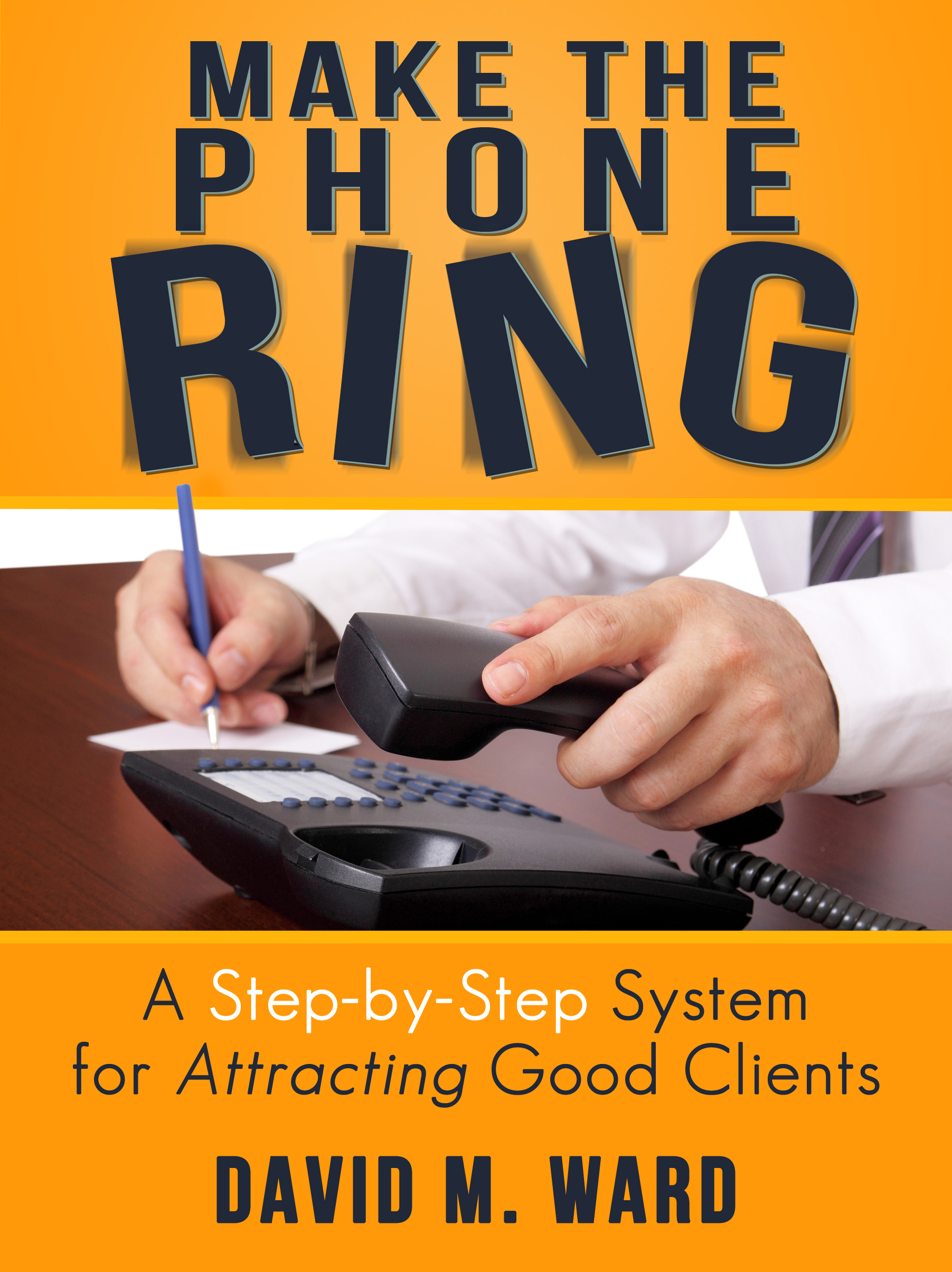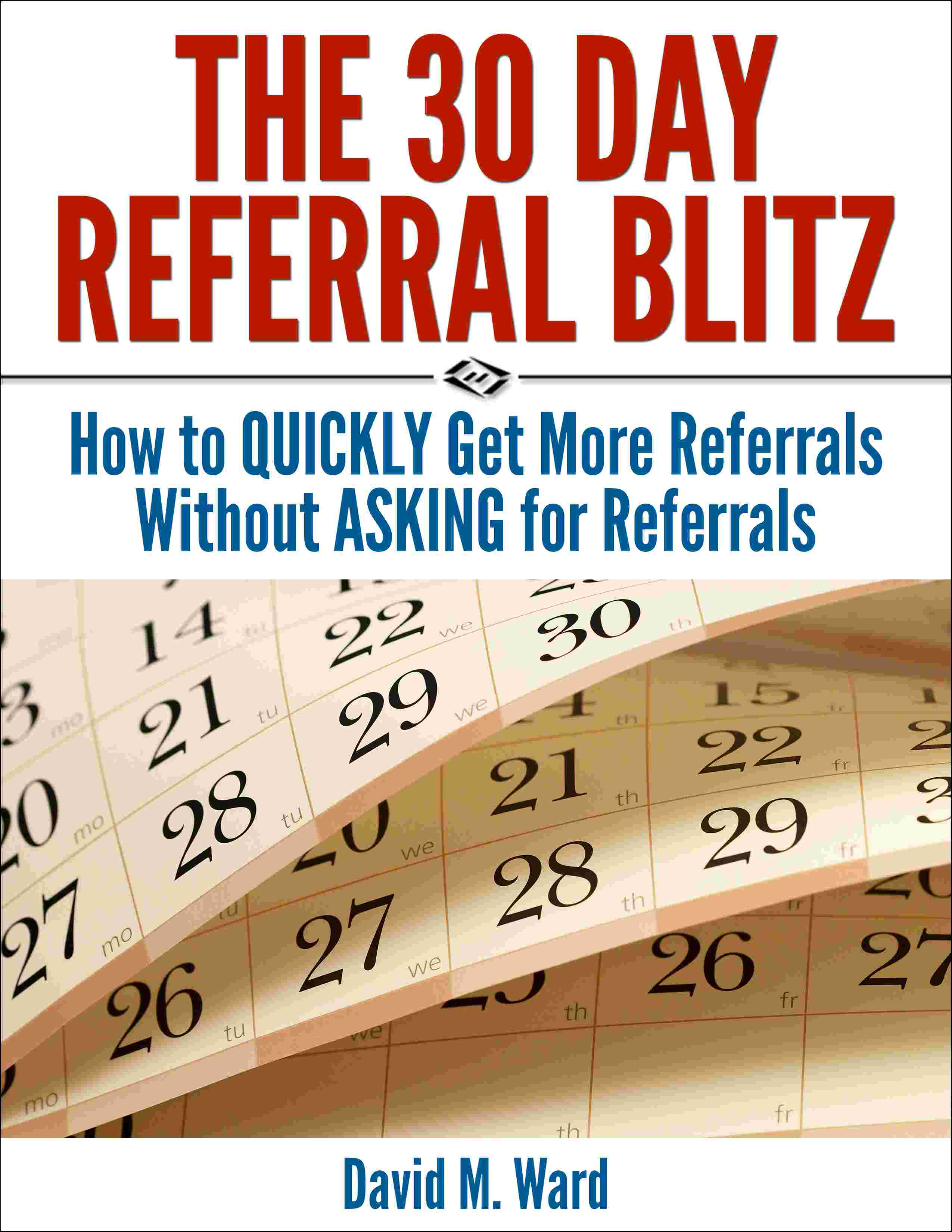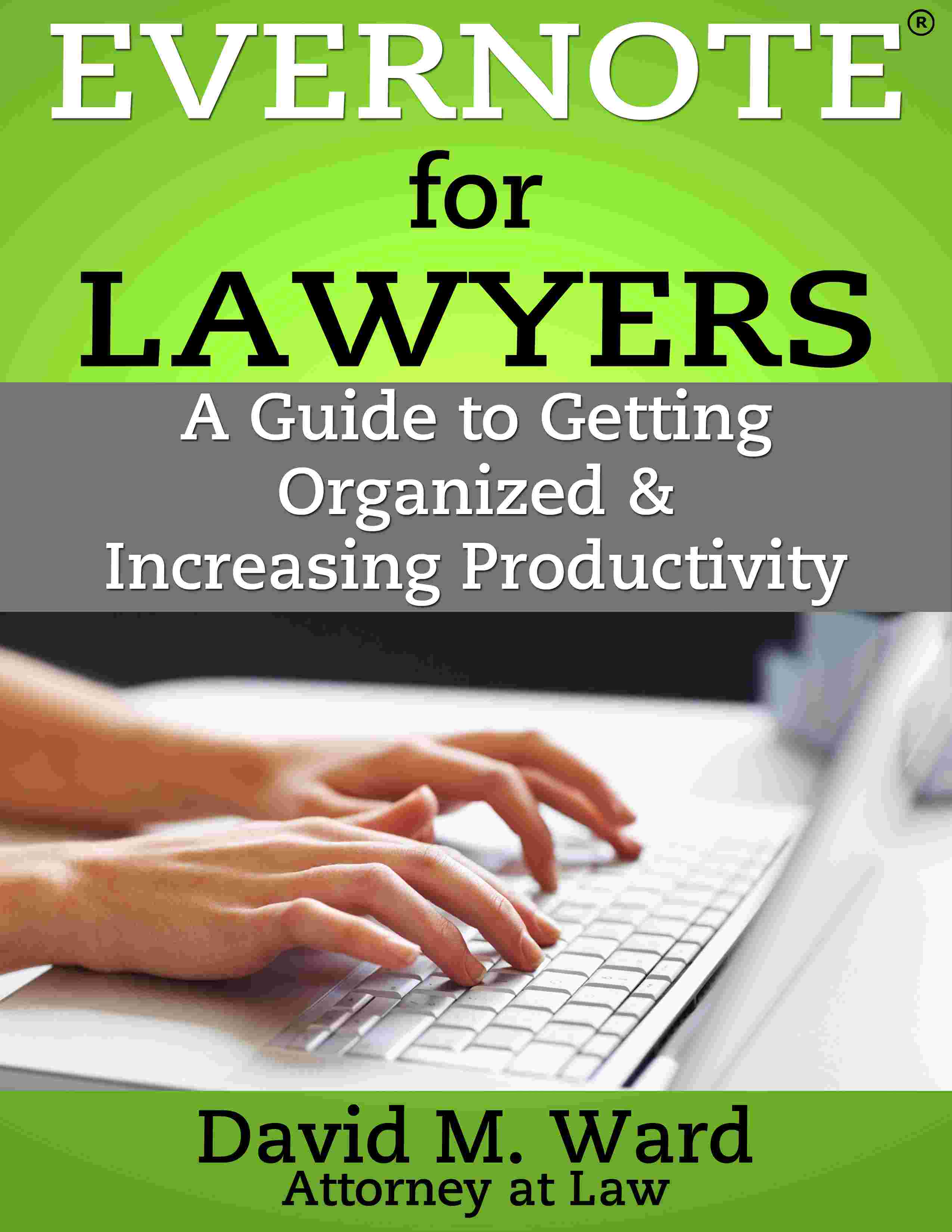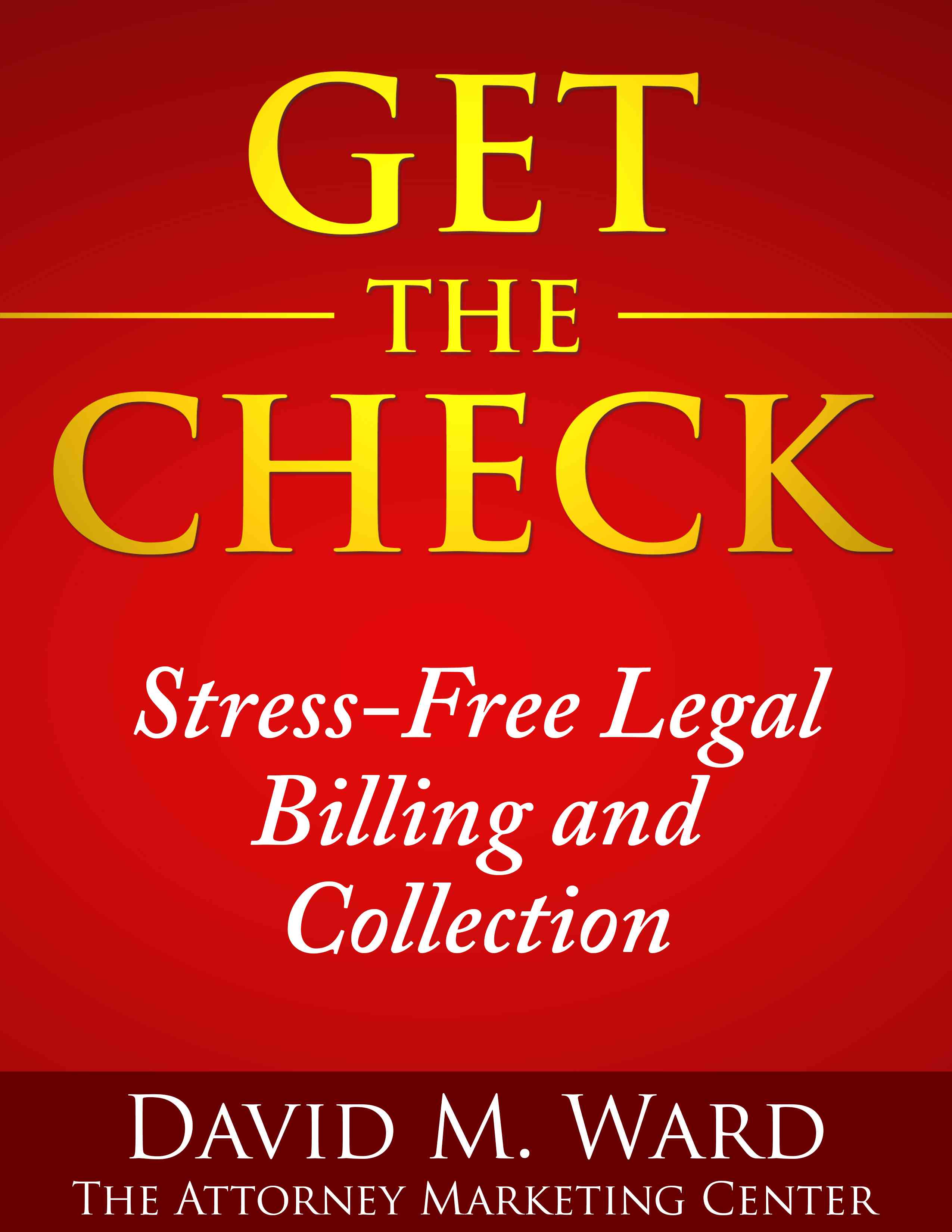Every day, there are 3 things you should do.
The first is client work, obviously. Get the work done, the bills billed, the clients happy, and the bills paid.
The second thing is running the joint. Yes, marketing and management of your practice.
That’s true even if you work for a firm. You still want to bring in new business, build your brand or reputation, and do things that help you grow your practice and career.
It includes things like creating content, building relationships with influential people in your niche, strengthening relationships with your clients to foster repeat business and referrals, supervising and training your team, and improving your systems and workflows.
Third on the list, but no less important, is to work on yourself. We’re talking about personal and professional development. The stuff that makes everything else work.
It means improving your legal knowledge and your writing, speaking, and interpersonal skills. It means getting better at communicating, negotiating, and leading and managing people. And keeping up with technology.
So, 3 things every day.
Think of these 3 areas as legs on a stool. You need all 3 or the stool won’t stand.
How should you allocate your time? One third each? Not practical. Some days, you have nothing but client work and no time to do anything else. Some days you have other priorities.
But if you’re a rule-of-thumb type of person, that rule should be to do something in each area every day.
Even if that means making one call on your lunch hour or reading a couple of pages before you go to sleep.
Keep your hand in all 3 areas and do your best to not let a day go by without all 3.
Create recurring tasks in your task manager or calendar or habit tracker. Make this a habit.
Don’t let your stool get out of balance.

